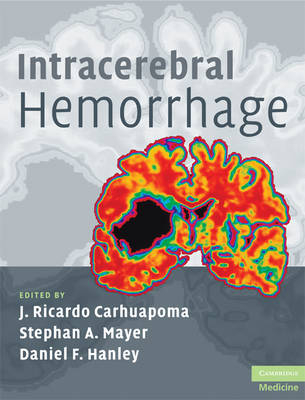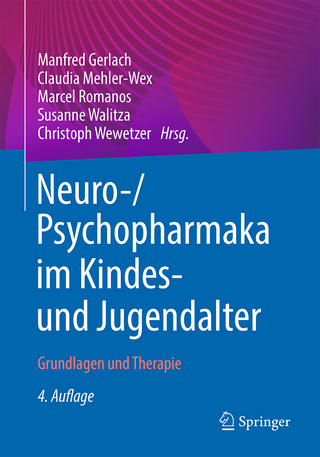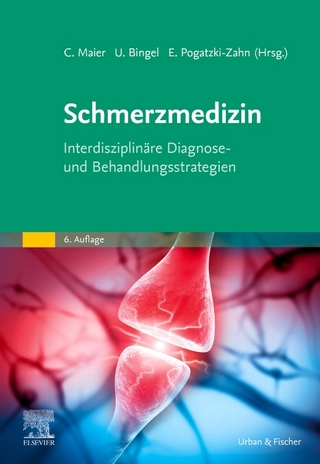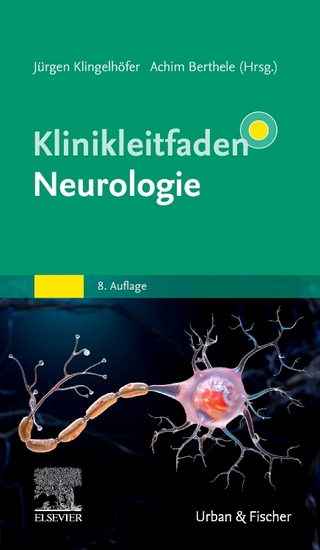
Intracerebral Hemorrhage
Cambridge University Press (Verlag)
978-0-521-87331-4 (ISBN)
Intracerebral hemorrhage is a neurovascular emergency associated with high mortality and morbidity. With in-depth reviews of the clinical and biological aspects of the condition, this text provides an up-to-date coverage of this form of stroke. The book covers epidemiology, causes, clinical presentation, management and prognosis, and describes the ongoing research advances aimed at improving our understanding of the condition. The book fills an existing gap in the medical literature. The chapters discussing the clinical aspects of intracerebral hemorrhage are aimed at the practitioner directing the care of stroke victims. Chapters exploring the biology of pathophysiological events triggered by this disease will provide readers with current data directed to facilitate experimental research in this field of cerebrovascular neurology. It will appeal to clinicians and those with a research interest in cerebrovascular diseases.
J. Ricardo Carhuapoma is Associate Professor in Neurology, Neurosurgery and Anesthesiology & Critical Care Medicine at the Johns Hopkins University, Baltimore, MD, USA. Stephan A. Mayer, is Associate Professor of Clinical Neurology and Neurological Surgery at Columbia University College of Physicians & Surgeons in New York City, and is Director of the Neurological Intensive Care Unit at New York-Presbyterian Hospital/Columbia University Medical Center, New York, NY, USA. Daniel F. Hanley is Professor of Neurology, Neurosurgery and Anesthesiology/Critical Care Medicine at the Johns Hopkins Medical Institutions as well as Professor of Nursing at the Johns Hopkins School of Nursing. He is the founding director and led for 17 years a combined Neurology and Neurosurgery Critical Care Unit at the Johns Hopkins Medical Institutions and presently directs the Brain Injury Outcomes Division (BIOS).
Preface; Part I. Epidemiology: 1. The epidemiology of intracerebral hemorrhage Matthew L. Flaherty, Daniel Woo and Joseph P. Broderick; Part II. Etiology of Non-Traumatic Intracerebral Hemorrhage: 2. Acute hypertensive response in intracerebral hemorrhage Ameer E. Hassan, Haralabos Zacharatos and Adnan I. Qureshi; 3. Etiology of tumor-related intracranial hemorrhage Andreas F. Hottinger and Lisa M. DeAngelis; 4. Cerebral amyloid angiopathy Steven M. Greenberg; 5. Coagulopathy-related intracerebral hemorrhage Hagen B. Huttner and Thorsten Steiner; 6. Vascular malformations of the brain Christian Stapf and Jay P. Mohr; 7. Cerebral venous thrombosis and intracerebral hemorrhage Isabelle Crassard and Marie-Germaine Bousser; Part III. Clinical Presentation: 8. Clinical presentation of intracerebral hemorrhage Carlos S. Kase; Part IV. Diagnostic Investigations: 9. Computerized tomography and CT angiography of intracerebral hemorrhage Rush H. Chewning and Kieran P. Murphy; 10. MRI of intracerebral hemorrhage Ken S. Butcher and Stephen M. Davis; 11. Cerebral angiography Ruth H. Chewning and Kieran P. Murphy; 12. Laboratory and other ancillary testing in intracerebral hemorrhage Michael Chen and Louis R. Caplan; Part V. Management and Critical Care: 13. Medical management of intracerebral hemorrhage Neeraj S. Naval, Paul A. Nyquist and J. Ricardo Carhuapoma; 14. Surgical management of intracerebral hemorrhage A. David Mendelow; 15. Future therapy in intracranial hemorrhage and intraventricular hemorrhage: aspiration and thrombolysis Paul Nyquist, Neeraj S. Naval and J. Ricardo Carhuapoma; Part VI. Prognosis and Outcome: 16. Mathematical models of intracerebral hemorrhage and intraventricular hemorrhage outcome prediction: their comparisons, advantages and limitations Stanley Tuhrim; Part VII. Advances in Pathogenesis and Treatment of Intracerebral Hemorrhage - Experimental: 17. Animal models and experimental treatments of intracerebral hemorrhage Kenneth R. Wagner and Mario Zuccarello; 18. Thrombin and secondary neuronal damage following intracerebral hemorrhage Guohua Xi, Richard F. Keep and Julian T. Hoff; 19. Cytoprotection strategies for experimental intracerebral hemorrhage Crystal MacLellan, James Peeling and Frederick Colbourne; Part VIII. Advances in Pathogenesis and Treatment of Intracerebral Hemorrhage - Clinical: 20. Natural history of perihematoma brain odema Manuel Rodriguez-Yáñez, Antoni Dávalos and José Castillo; 21. Hemostasis manipulation for intracerebral hemorrhage Wendy C. Ziai and Stephan A. Mayer; Index.
| Zusatzinfo | 29 Tables, unspecified; 67 Halftones, unspecified |
|---|---|
| Verlagsort | Cambridge |
| Sprache | englisch |
| Maße | 195 x 252 mm |
| Gewicht | 760 g |
| Themenwelt | Medizin / Pharmazie ► Medizinische Fachgebiete ► Neurologie |
| Medizin / Pharmazie ► Medizinische Fachgebiete ► Notfallmedizin | |
| ISBN-10 | 0-521-87331-2 / 0521873312 |
| ISBN-13 | 978-0-521-87331-4 / 9780521873314 |
| Zustand | Neuware |
| Informationen gemäß Produktsicherheitsverordnung (GPSR) | |
| Haben Sie eine Frage zum Produkt? |
aus dem Bereich


